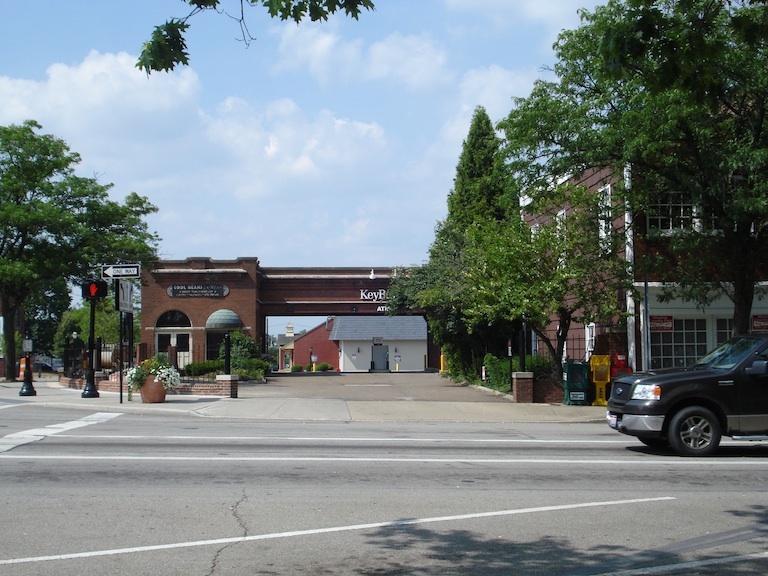American Hotel

During the 19th Century, the American Hotel was a location for stage coach travelers to stop as they traveled on the Wooster Pike between Cleveland and Columbus. There they had lodging and a hot meal. They could also get fresh horses to continue on their journey. In the early 1900s, this Victorian-style hotel served as a center for travel, social life, and business in Medina.
From the 1930s forward, however, the hotel was no longer a central part of Medina. Like many small towns in America, the automobile changed the way people moved and lived. In 1954, the Savings Deposit Bank bought the American Hotel and proceeded to knock down the historic building to make a parking lot. The bank's monthly newsletter from August 1954 described it as a parking lot that "will appear different than any other you have ever seen." The property remained a parking lot for the remainder of the century.
In 2003, the location changed again as the parking lot became a coffee shop named Cool Beans. Its location on the square is ideal for serving the community coffee and snacks. The story of the location of the American Hotel is a good example of how a place can change over time to serve the evolving needs of the community in which it is located.
Images




